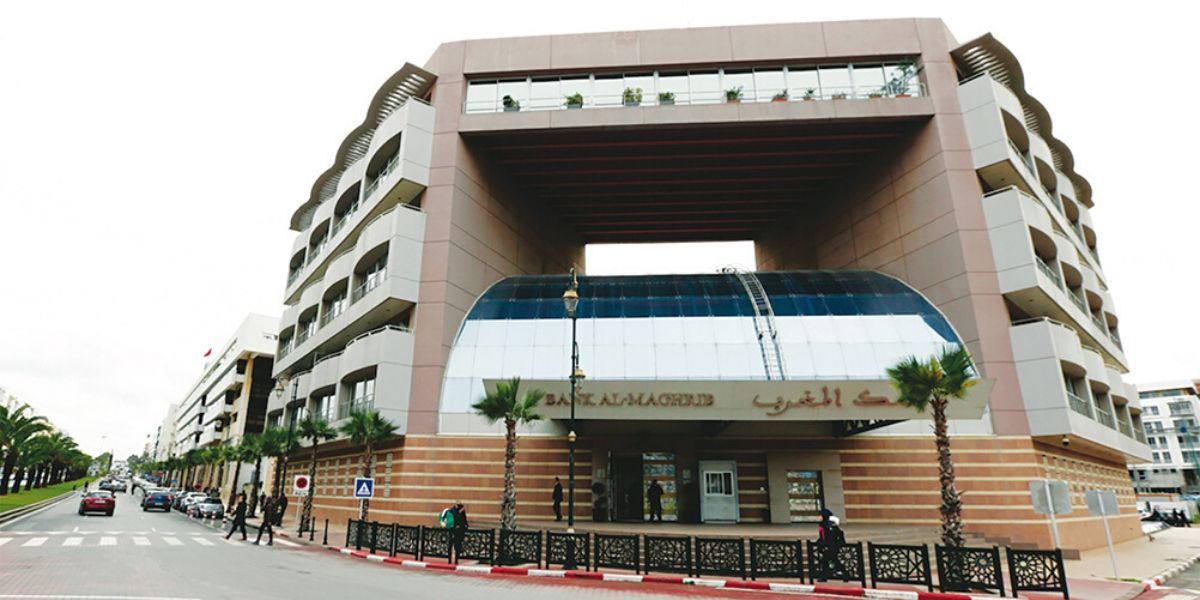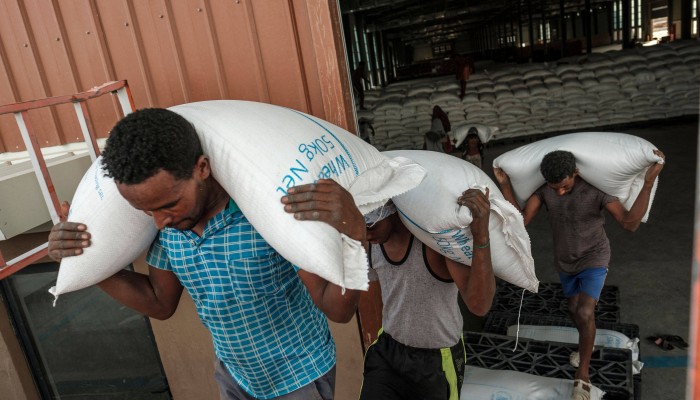East African economies will decline this year driven due to political instability, unreliable rainfall and reducing agricultural yields, says the latest Macroeconomic Outlook Report for East Africa published by Deloitte, the world’s largest consulting firm.
The report that covered Ethiopia, Kenya, Rwanda, Tanzania and Uganda shows that the region’s gross domestic product (GDP) has been heavily impacted by the political instability in Kenya and Ethiopia — the major economic growth drivers in the region — and reduced agricultural sector growth. Deloitte forecasts a decline in GDP to 5.3% compared to 6.4% in 2021 but up from 3.1% in 2020. The report titled ‘Resilience Through Tough Times’ shows that Western sanctions imposed on Russia have led to supply chain disruptions and export restrictions to the East African economies, manifested through rising inflation, which is expected to last the duration of the conflict.
The regional countries, being net importers, are expected to experience a two-fold upward pressure on prices, driven by supply side shortages and global inflationary movements. With the region’s inflation forecast to rise to 8.6% in 2022 from 7.7% in 2021, driven by elevated global food and energy prices, the ensuing rise in fuel and food prices has negatively affected household spending on essential food and non-food items, the report says. The region’s monthly price of the local food basket increased by 39.3 percent to $17 per capita across the EA countries in May 2022, from $12.2 in the same period in 2021. Last year, foreign direct inflows to the East African economies increased by 34.9% to $8.2billion from $6.1 billion in 2020 when the COVID-19 pandemic weighed heavily on investment.



